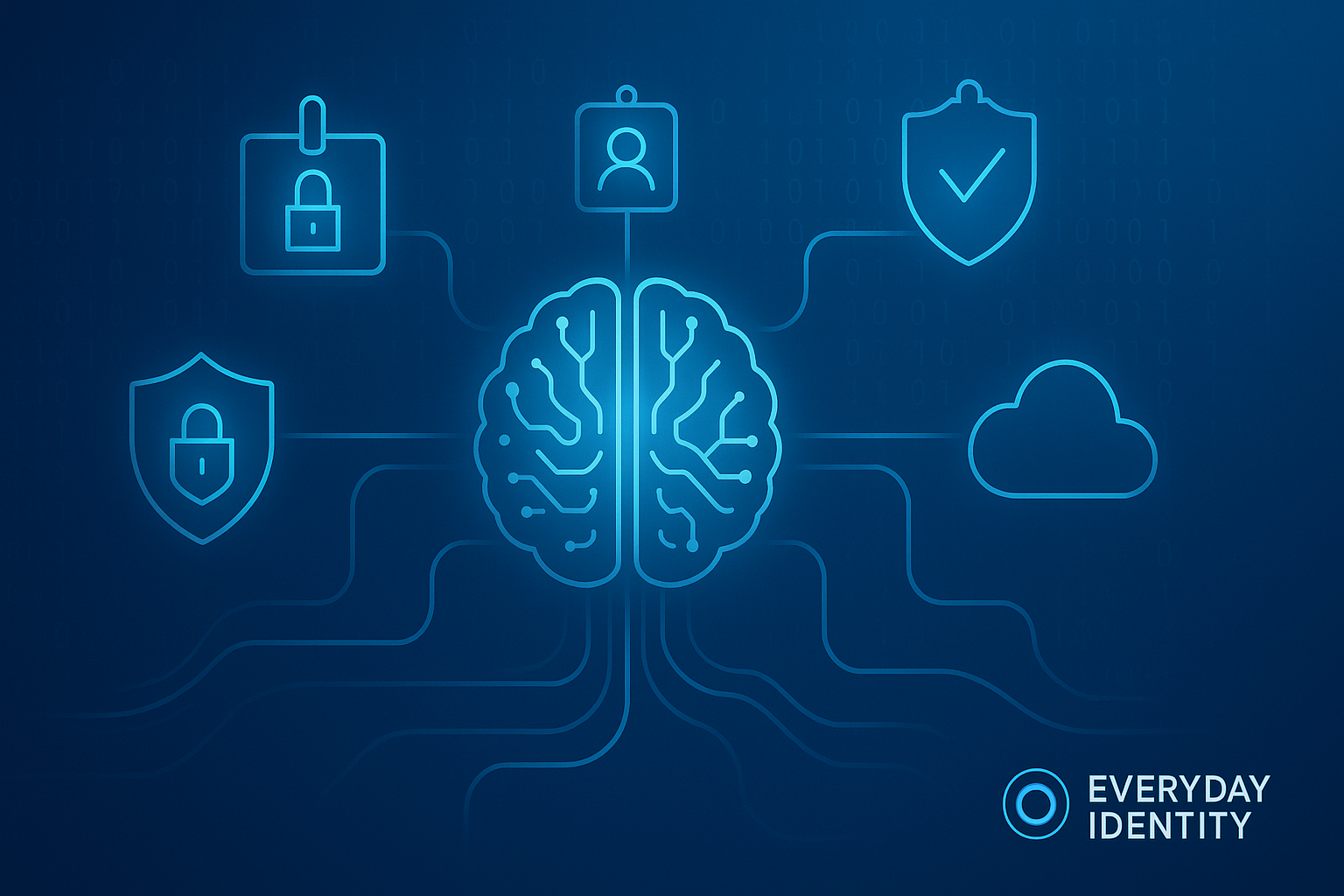Beyond Rubber-Stamping: How to Fix Account Recertification
Beyond Rubber-Stamping: How to Fix Account Recertification TL;DR Annual access reviews are a broken, compliance-driven ritual that often increases risk. This post breaks down how to move beyond traditional, manual recertification to a modern, automated, and continuous model. We’ll cover event-driven reviews, micro-certifications, and how to leverage automation to reduce risk, eliminate rubber-stamping, and build a system that governs access in real-time. The ‘Why’ For decades, account recertification has been a cornerstone of identity and access management (IAM)....
